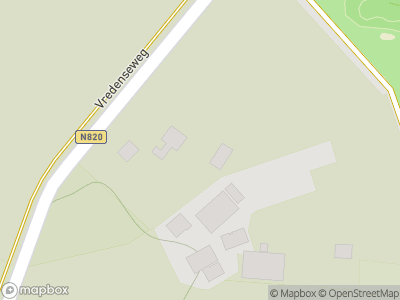The first stone quarry in the Netherlands opened in Winterswijk in 1933 where a deposit of lime stone had been discovered that was, millions of years old and relatively close to the earths’ surface. The lime stone was (and still is) ground for the manufacture of natural lime fertilisers for use in the agricultural industry and asphalt in road construction. The quarry is also a paradise for fossil and mineral hunters.
Quarry
The quarry was already famous in the 19th century for the stones that naturally rose to the surface here. These stones were used for the construction of macadam roads (McAdam): gravel roads with a layer of stone aggregate underneath. Research showed that the deposit of lime stone was large enough to warrant large-scale excavation, and the quarry opened in 1933. It was the first in the Netherlands.The quarry does not have any underground mine shafts and is now approximately 40 metres deep. It is currently operated by the company Sibelco.
Muschelkalk limestone
The limestone that is quarried here was formed in the geological Triassic period around 240 million years ago. It is called Muschelkalk and is commonly found in central and western Europe. Winterswijk is the only municipality in the Netherlands where this type of stone comes to the surface, and then only in this specific area encompassing about 200 by 2800 metres. Winterswijk is generally known in geological circles as the mosaic floor of the Netherlands. Such a diversity of geological formations from different geological periods, so close to the surface, cannot be found anywhere else.
Fossils
Deposits of several rare minerals can be found in the 45-metre-thick layer of limestone. There are also fossilised remains of animals from the Triassic period, such as molluscs, crabs, lobsters and fish. Perhaps the most exciting are the dinosaur remains, more specifically, the Nothosaur, a genus of marine sauropterygian reptile. Dinosaur foot prints have also been discovered in the quarry, some with recognisable imprints of claws and skin. The quarry holds open days several times a year when anyone is welcome to come and hunt for fossils and minerals.


 Voor kinderen
Voor kinderen














